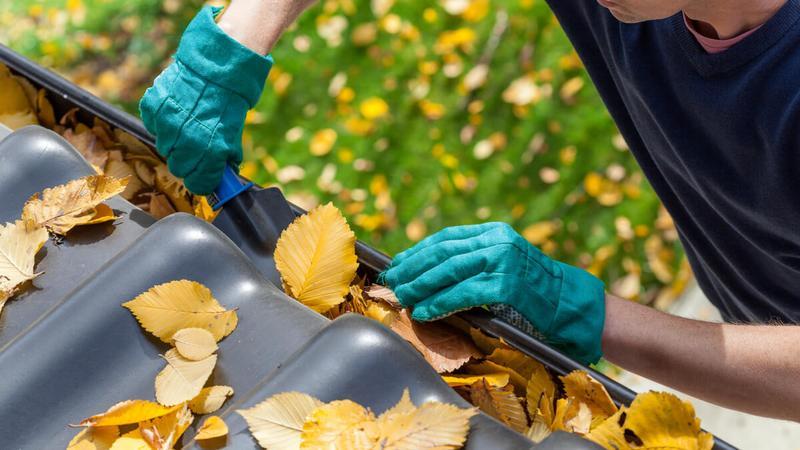The first day of fall is fast approaching, which means it’s almost time to swap out the T-shirts for sweaters, the cold brews for hot coffee, and the barbecues for apple picking.
If you’re a homeowner, however, cooler weather requires a little more preparation. Seasonal maintenance may not be the most enjoyable aspect of fall, but doing it sooner rather than later will likely save you headaches — and a whole lot of money — further down the line.
Here are 10 ways to prepare your home for colder weather.
1. Weatherstrip your home
According to National Resources Canada, up to 25% of house heat loss can be attributed to windows and doors.
One of the easiest and most cost-effective ways to keep your heating bill as low as possible is weatherstripping — sealing your windows and doors to keep warm air inside, and drafts outside. Make sure you choose weatherstripping materials that can withstand temperature changes and the wear and tear associated with everyday use, if it is applied to doors or windows that you and your family use frequently.
2. Get the furnace inspected
Having a HVAC (that’s short for heating, ventilation, and air conditioning) professional inspect and service your furnace at least once a year could help prolong its life and even prevent it from leaking dangerous substances like carbon monoxide into your home.
3. Clean the gutters
Remove leaves and other debris from your gutters, so they can drain properly. Clogged gutters could mean substantial water damage both inside and outside your home, which could result in you having to make a home insurance claim.
4. Make sure you have a home insurance policy that meets your needs
Home insurance provides financial coverage to repair or rebuild your home following common incidents like fires and burst pipes. However, not all policies are made equal. Some policies cover damages resulting from floods and earthquakes, for example, while others do not.
Review your home insurance policy to make sure it provides coverage for incidents that are likely to happen in your area. If you decide you need more coverage, shop around to compare prices and ensure you get the best deal.
